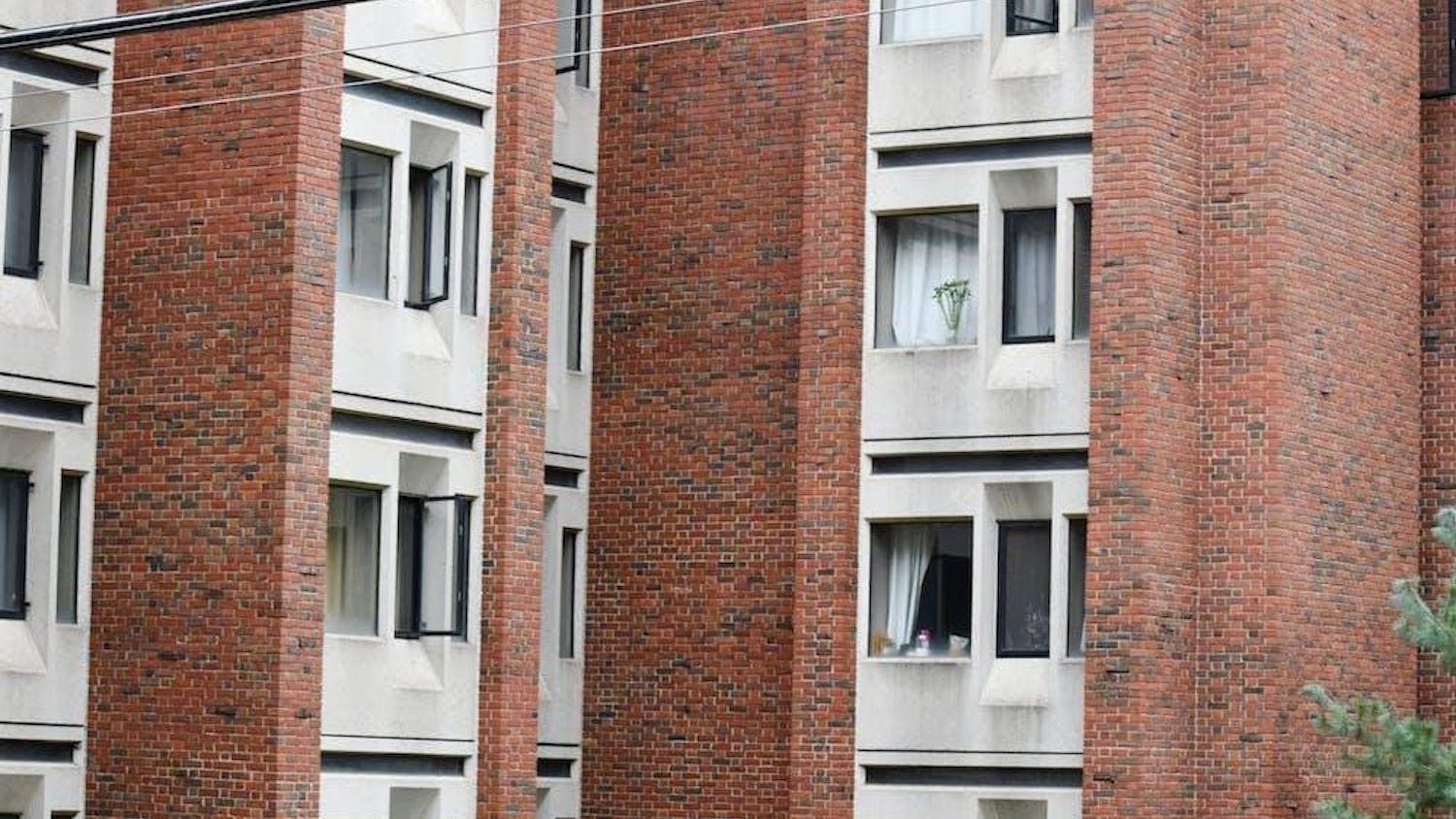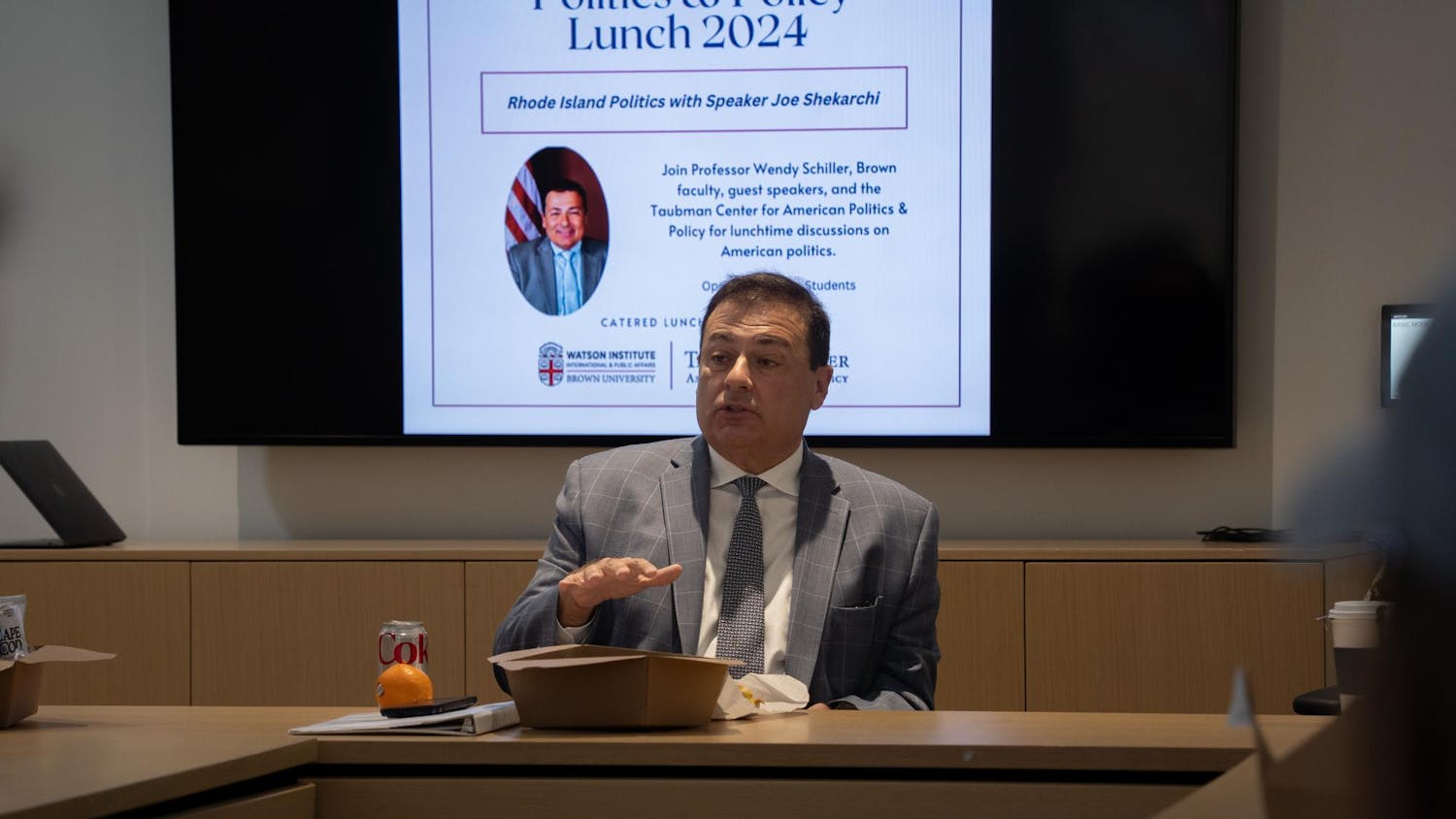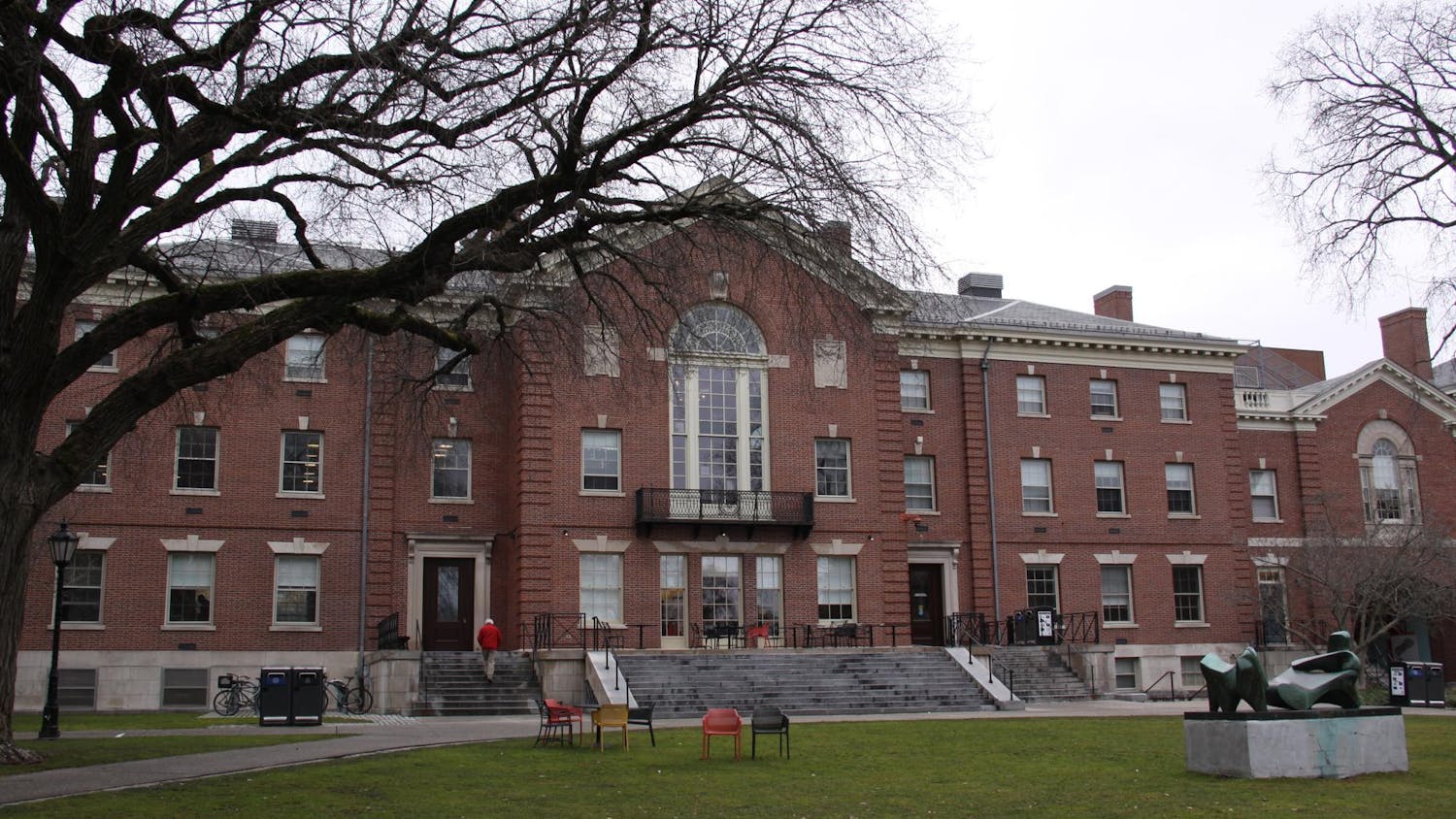The Office of the Provost released a draft of the new University sustainability plan to students, staff and faculty for review on Dec. 10.
This new plan, which has been in development for the past year, is the University’s response to “accelerating climate change, pollution and biodiversity loss,” Assistant Provost for Sustainability Stephen Porder wrote in the draft’s cover letter.
The plan focuses on five main sustainability challenges — greenhouse gas emissions, nutrient pollution, water impacts, biodiversity loss and human health impacts — and sets a goal for each. The University also hopes to “expand upon its already diverse range of educational opportunities,” according to the plan.
The first objective of the sustainability plan is to reduce campus greenhouse gas emissions by 75 percent by 2025 and achieve net zero emissions by 2040. The University has already begun taking action to achieve this goal, The Herald previously reported.
The University also hopes to achieve a 15 percent reduction of its nutrient pollution — such as nitrogen and phosphorus — by 2025 and a 25 percent reduction by 2030. As the largest portion of the University’s nutrient pollution comes from food purchases, the plan proposes to transition to more plant-based meals and reduce red meat consumption by 25 percent by 2025, as well as to focus on minimizing nutrient loss in campus food production and transportation.
The drafted plan’s third objective is to determine whether stormwater reduction would yield “major environmental benefits,” as “stormwater greatly increases the amount of water that needs treatment,” according to the plan. If the Office of Sustainability finds such steps to be beneficial, the University plans to decrease its use of pesticides and fertilizers. When drafting the plan, emphasis was placed on issues specific to Rhode Island, such as reducing pollution in Narragansett Bay caused by stormwater runoff, said Leah VanWey, dean of the School of Professional Studies and professor of environment and society and sociology.
The University also plans to reduce purchases of materials that negatively impact biodiversity, such as tropical hardwoods and palm oil. In addition, the University intends to increase educational offerings about biodiversity on campus.
The final goal outlined in the draft of the sustainability plan is to safeguard human health, focusing on making campus buildings more resilient against moisture, flooding and mold. The University also plans to make a “red list” of harmful materials, the purchase of which would be highly discouraged.
The sustainability plan started when the administration assessed which environmental issues were most pressing, Porder said. Working with Jessica Berry, director of the Office of Sustainability, Porder consulted with experts across the University. When researching other universities’ sustainability plans, Porder found flaws that he hoped to avoid by choosing goals that would have the most impact with the funding they require.
The biggest challenge for Porder was deciding which environmental initiatives would utilize funding effectively, and before drafting the plan, the University had to make value judgements for which issues to focus on. “Sustainability means so much that it basically means nothing,” Porder said.
The University wants to get feedback from the rest of the campus community because choosing sustainability goals “is a community decision,” Porder said. He hopes that opening the plan up to student feedback not only allows people to introduce new topics that they think should be included, but also allows them to propose ways in which the University can tackle those issues. The plan “is meant to embody our values, (as) opposed to just the science,” Porder said.
The comment period is open for feedback from students, staff and faculty until March 15. Comments can be made through an online form located on the Office of the Provost’s website, and through forums that Porder is planning. A committee of University faculty, staff and students will then revise the plan based on the feedback received during the comment period. The committee is currently being finalized and the members will be made public once they confirm their participation, Porder said.
Amanda Lynch, the director of the Institute at Brown for Environment and Society, believes “the draft is a really good start, but we’ve got a long way to go before we can operationalize it.” Lynch thinks that the University has done a good job in “developing bold targets,” but feels that the plan is missing a framework of decision-making to help it move forward. She suggested that a course-like setup, in which faculty and students meet weekly to discuss the plan as well as assigned readings, could be a beneficial strategy to keep progress on track.
Anna Zuckerman ’21, president of Scientists for a Sustainable World, is “overall happy that the report exists” and that the University “is doing something.” She would have liked to see more of an “emphasis on education and outreach to the student body” because “all of us are going to have to make drastic lifestyle changes” in order to increase sustainability. Zuckerman has submitted her comments to the University.
Ben Gross ’20.5, a member of Climate Action Now, thinks that the plan reflects “a set of values towards the environment that are not completely reflective of a view that I would consider sustainable.” He said that he would like the plan to focus more on how it impacts the health of the Providence community, as opposed to just the University community. Gross also plans to submit his comments to the University, and has already spoken with Porder about some of his thoughts.
Though there will be no advisory committee overseeing the execution of the sustainability plan, everything will be “codified and tracked,” Porder said. If implemented, the sustainability plan will be reevaluated every five years to ensure it aligns with changing priorities. “This is a living document,” Porder added.





